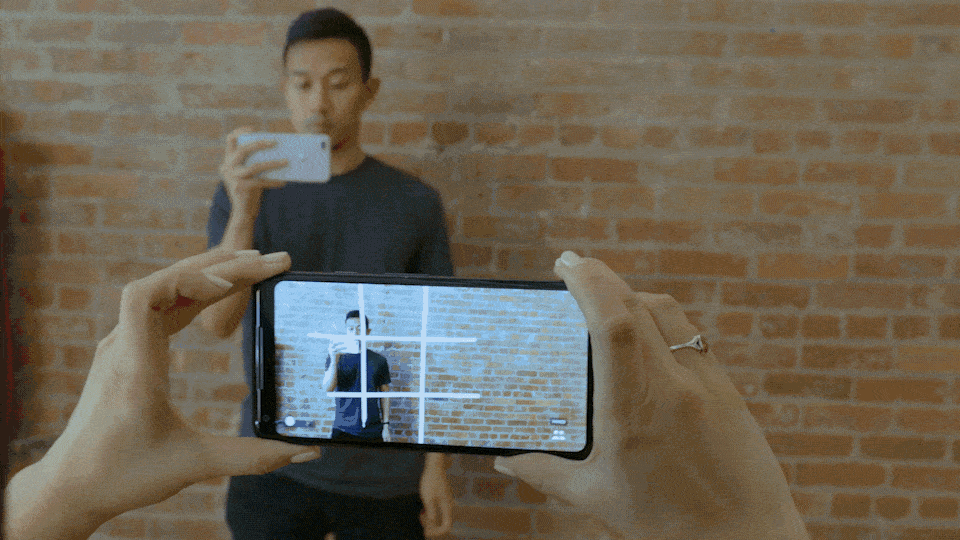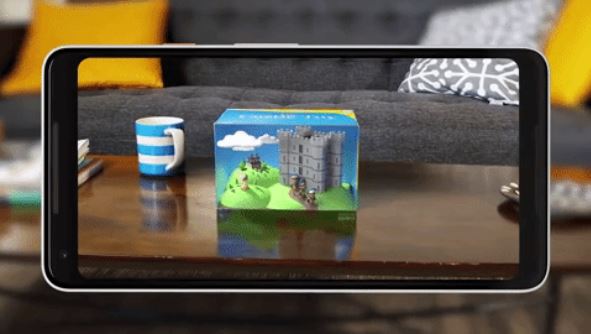The Google I/O Conference demonstrated improvements to existing products. ARCore is a major update to the Google AR Development Kit.
ARCore originated from Google’s 3D scanning camera system – Google Project Tango. In early 2018, Google released ARCore 1.08 version at the Mobile World Congress. With the update of this new version, Google has introduced some new improvements, such as social AR.
On 8th May 2018, the Google has released an update on its blog in which they mentioned new ARCore capabilities to experience the Augmented in a much better way.
ARCore expands its AR capabilities for over 100 million Android mobile devices. The kit can present a complete environment for the user, which allows the user to place AR objects on surfaces such as furniture, posters, books, and the like.

As announced today at Google I/O, the major update to ARCore to help developers to build augmented reality apps collaboratively and efficiently.
Shared AR experiences: Google introducing a capability called Cloud Anchors which can use across for Android and iOS devices. It helps in enabling new types of collaborative AR experiences, like redecorating your home, playing games and painting a community mural.

Just a Line will be updated with Cloud Anchors, and available on Android & iOS in the coming weeks.
AR all around you: With the newly introduced vertical surface detection feature, it is now possible to place AR objects on more surfaces, such as textured walls.
Faster AR development: The 3D apps can be developed by the Java developers without learning the complicated APIs like OpenGL.
The updated version allows users to perform AR experiences such as playing multiplayer games or drawing AR graffiti using the Cloud Anchors feature. This feature supports Android and iOS devices.
For developers, the use of Scene from (a technique) enables faster AR development, which allows Java developers to build realistic 3D applications for AR without having to learn complex APIs (such as OpenGL).

Related Posts
How to create QR codes on Google Sheets for URLs or any other text elements
How to set Gemini by Google as the default Android assistant
Google’s new AI Content Moderation Policy for Play Store Apps
The Next-Gen Apple Vision Headset Will Likely Drop Eyesight Feature
Google Meet now offers Full HD streaming for group video meetings
Googlе and Applе Facе Finеs of Ovеr $50.5 Million for App Storе Violations